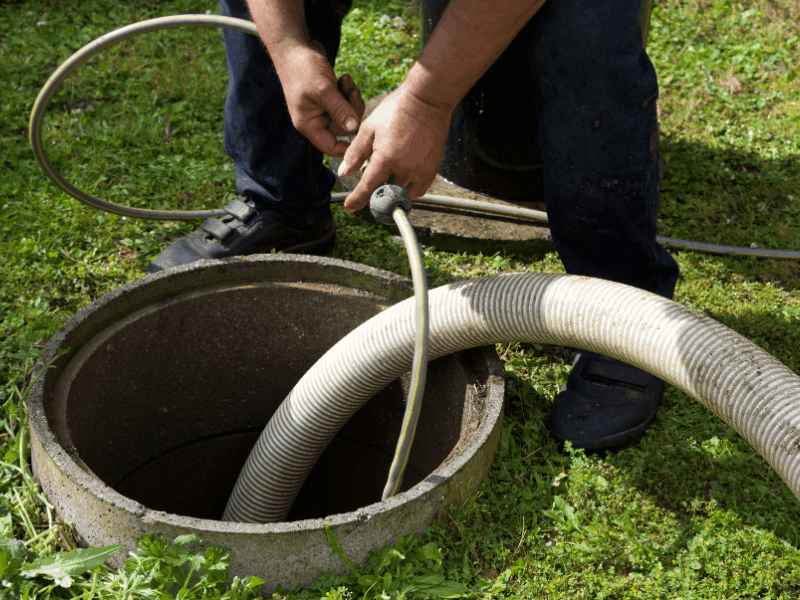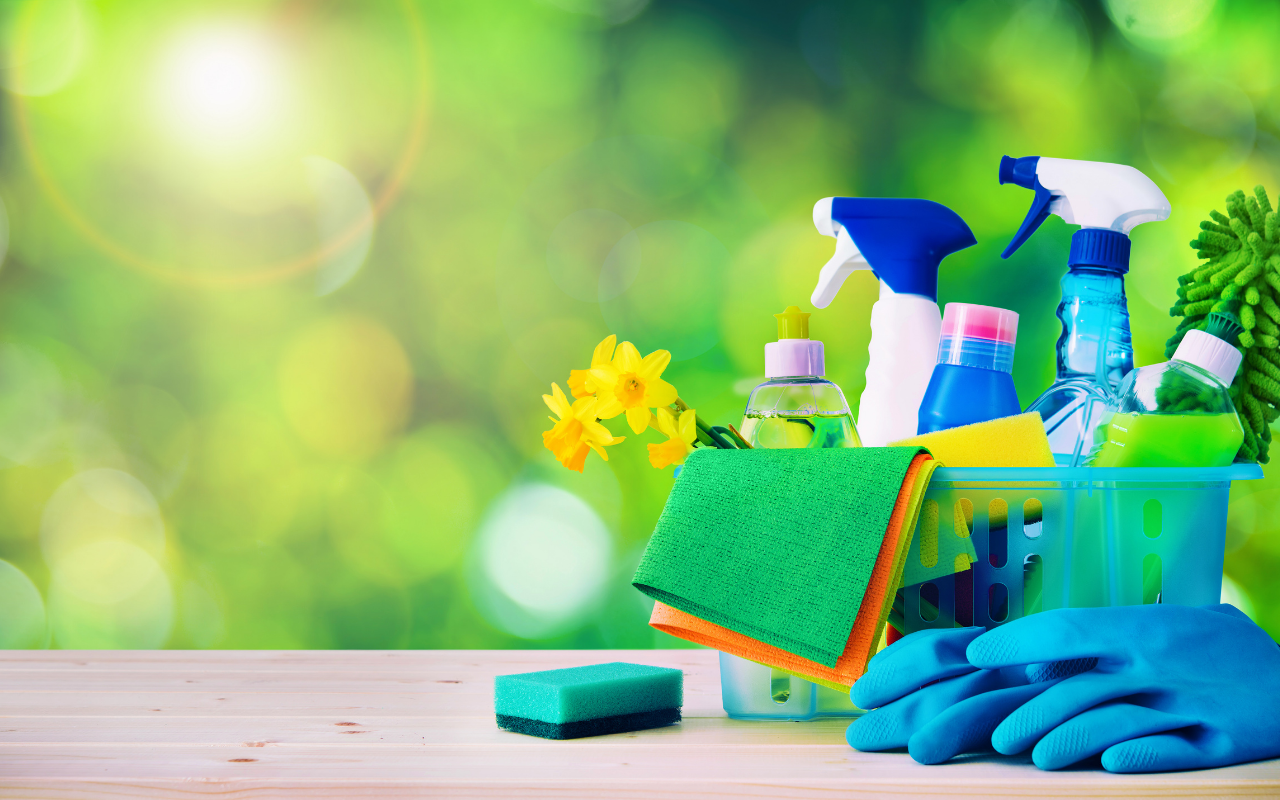What Septic Tank Maintenance is Required?
If you live on a property that requires a septic tank you will know how important it is that your tank remains in good, efficient and reliable working order. When something goes wrong the inconvenience to your daily routine can impact your comfort and cause stress and at times require costly repairs.
Proactive maintenance will ensure that your septic tank remains in good health, condition and functionality. When you septic tank there are a few general do’s and don’t that will help you keep your septic tank in good condition all year round. How often your septic tanks require professional maintenance will depend on its usage and whether it's for residential or commercial purposes. Speak to the experts about the best maintenance schedule and care plan for your particular system. And circumstances.
Key Maintenance Tasks:
Regular maintenance and proper usage will help your septic tank last longer and stay reliable and efficient.
Pumping - Septic tanks should be pumped every 3 to 5 years, depending on the size of the tank and the number of people using the system. Pumping removes solids that can build up over time and prevent the system from functioning properly.
Inspection - Regular inspections are important to check for signs of damage, leaks, or system failure, every 1-3 years is recommended.
Maintain the Absorption Trench - The absorption trench, or leach field, helps to filter out the liquid waste. It should be kept clear of heavy vehicles or structures to avoid compaction of soil, which can reduce its ability to filter wastewater.
Proper Waste Disposal - Avoid putting non-biodegradable items such as wipes and oils or large quantities of waste down the drain, as they can disrupt the balance of bacteria that break down solids in the tank.
Watch Water Usage - High water usage can overload the system, so try to spread out laundry, dishwashing, and other water-intensive tasks throughout the day.
Avoid Chemicals - Harsh chemicals, including bleach, drain cleaners, and antibacterial soaps, can kill the beneficial bacteria in the septic tank. Read more on our information page: Will Chemical Drain Cleaners Damage the Septic System?
Maintain Good Drainage Around the Tank - Keep the ground around your septic tank and drain field sloped so that water doesn't pool and flood the system.

When Should I De-Sludge my Septic Tank?
The best practice is to check the sludge levels in your septic tank at least once a year to prevent overflow of scum or sludge into the disposal trenches. It's worth noting that it can take up to five years or more for enough sludge to accumulate for removal
As a general guideline, there should be at least 800mm of space between the top of the tank’s outlet junction and the top of the sludge layer, and the sludge layer should not exceed 300mm in thickness. If these measurements don’t match, you will need to consult a professional to de-sludge your septic tank. When your system is de-sludged, make sure there is a healthy mixture of sludge and crust at least 300mm for most systems left behind to ensure the biological process can resume properly.
Septic Systems: Things To Do
Note: special enhancing additives are no substitute for cleaning and pumping your system, or for completing vital general maintenance
- Have your septic tank pumped out every 3-5 years, as this stops sludge from building up and getting into the disposal trenches.
- Pump out your grease trap every 3 months.
- Every 6-12 months clean out your grey water pump.
- Install clean septic tank outlet filters and have them cleaned regularly, to avoid solids seeping through.
- If you have a grey water pump well, move the sprinkler regularly so the disposal area doesn’t become saturated.
- Use septic-friendly detergents or brands marked as low in phosphorus and sodium.

Septic Systems: Things Not To Do
- Do not let wastewater be released on the surface - it must always go to a subsurface area.
- Don’t cover your disposal areas with coverings such as concrete or asphalt - grass is the best option, as it removes unnecessary moisture and prevents erosion.
- Do not place things like pavers, concrete or buildings over your septic tank, as it makes it very difficult to access and maintain.
- Ensure roof water, surface water or seepage water does not enter any part of the system
- Do not install a garbage grinder unless you have discussed it with the Council for approval.
Reference